Life
Sign up for our newsletter
We summarize the week's scientific breakthroughs every Thursday.
-
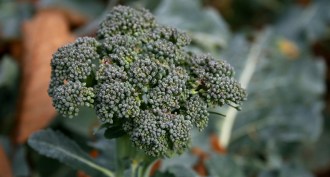 Life
LifeBroccoli compound protects rats from lethal radiation
Treatment shields healthy cells from gamma ray attack but lets tumors die.
-
 Health & Medicine
Health & MedicineElectrodes dupe brain into feeling touch
Stimulating the right neuron at the right time gave monkeys the sensation of contact.
-
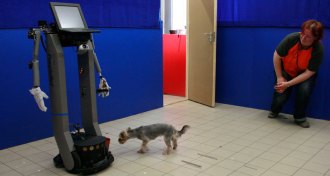 Animals
AnimalsDogs pick up robots’ social cues
Dogs were more likely to pay attention to a PeopleBot robot — a machine with a laptop head and Mickey Mouse–style hands — after watching it walk, talk and shake hands with humans.
By Meghan Rosen -
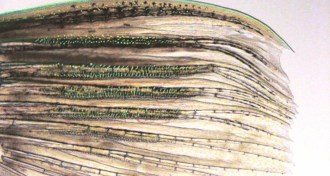 Genetics
GeneticsMale zebrafish sex tool stops fin regeneration
Tiny, spiked structures on the pectoral fins of male zebrafish help them hold females steady while mating. However, the structures produce a protein that seems to hinder the fish’s ability to regenerate fins.
-
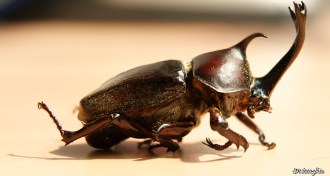
-
 Anthropology
AnthropologyAncient farmers, foragers kept genes to themselves
Ancient DNA and diet clues suggest how farmers and hunter-gathers contributed to modern Europeans’ genetic profiles.
By Bruce Bower -
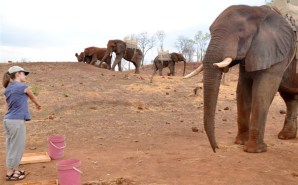
-

-
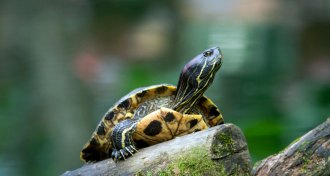 Animals
AnimalsHibernating turtles don’t slip into a coma
Winterized red-eared sliders shut down their lungs but spring into action when they see light.
By Susan Milius -
 Health & Medicine
Health & Medicine‘Decoding Annie Parker’ portrays hunt for breast cancer genes
Not long ago, most doctors scoffed at the idea of a “cancer gene,” as the new film shows.
-
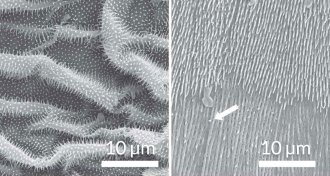 Animals
AnimalsLegless geckos slither using skin ridges
The animal's belly has flat rows of ripples that may help them wriggle.
By Meghan Rosen -
 Animals
AnimalsAlpine swifts fly nonstop for more than six months
During a journey of 200 days, the birds eat, rest and migrate without touching the ground.